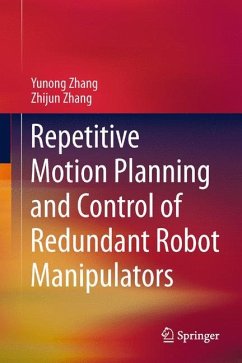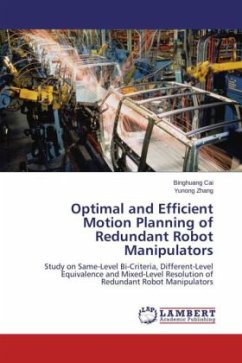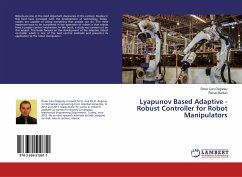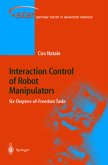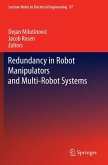Repetitive Motion Planning and Control of Redundant Robot Manipulators presents four typical motion planning schemes based on optimization techniques, including the fundamental RMP scheme and its extensions. These schemes are unified as quadratic programs (QPs), which are solved by neural networks or numerical algorithms. The RMP schemes are demonstrated effectively by the simulation results based on various robotic models; the experiments applying the fundamental RMP scheme to a physical robot manipulator are also presented. As the schemes and the corresponding solvers presented in the book have solved the non-repetitive motion problems existing in redundant robot manipulators, it is of particular use in applying theoretical research based on the quadratic program for redundant robot manipulators in industrial situations. This book will be a valuable reference work for engineers, researchers, advanced undergraduate and graduate students in robotics fields.
Yunong Zhang is a professor at The School of Information Science and Technology, Sun Yat-sen University, Guangzhou, China; Zhijun Zhang is a research fellow working at the same institute.
Yunong Zhang is a professor at The School of Information Science and Technology, Sun Yat-sen University, Guangzhou, China; Zhijun Zhang is a research fellow working at the same institute.
From the reviews:
"The book is primarily a collection of the first author's work, from a decade of projects focused on developing motion planning schemata for redundant robots. ... Each of the 11 chapters includes a reference list, and there are four appendices and a glossary. ... The book is a typical research book, convenient for researchers, those in industry, and graduate students in automation, since it presents a comprehensive view of an approach to solving the RMP problem." (G. Gini, Computing Reviews, October, 2013)
"The book is primarily a collection of the first author's work, from a decade of projects focused on developing motion planning schemata for redundant robots. ... Each of the 11 chapters includes a reference list, and there are four appendices and a glossary. ... The book is a typical research book, convenient for researchers, those in industry, and graduate students in automation, since it presents a comprehensive view of an approach to solving the RMP problem." (G. Gini, Computing Reviews, October, 2013)

